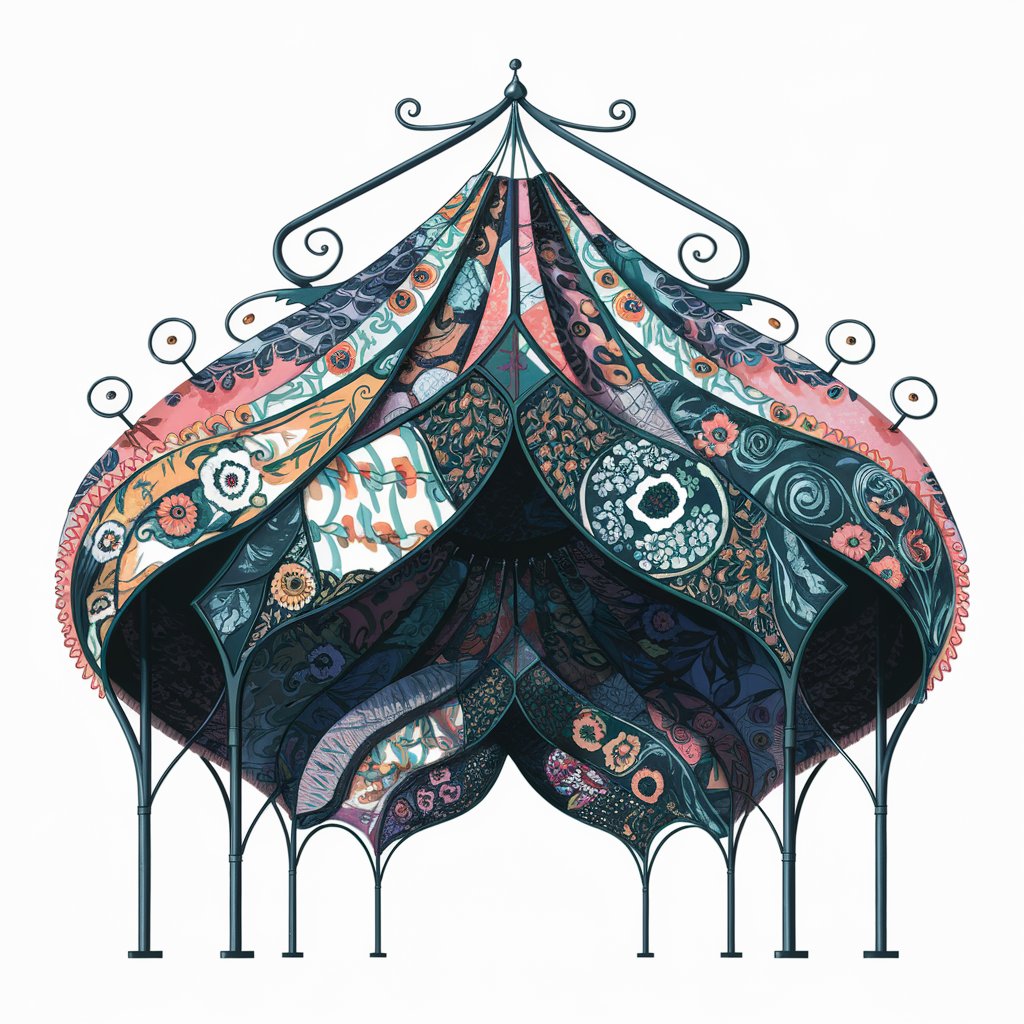Transform Your Canopy with Direct to Film Heat Press: A Step-by-Step Guide on DTF Transfer Magic

Transform Your Canopy with Direct to Film Heat Press: A Step-by-Step Guide on DTF Transfer Magic

Direct-to-Film (DTF) printing is revolutionizing the custom printing industry. Whether you're a seasoned professional or a newcomer to the DTF business, this guide will walk you through the process of using DTF heat transfer to personalize a heavy-duty polyester canopy. This method is perfect for creating large, vibrant prints that stand out.
Preparing Your Canopy for DTF Transfer
Before diving into the heat pressing process, it's crucial to prepare your canopy properly. Here’s what you need to do:
- Mark Your Points: Identify and mark the midpoint of your DTF transfer film and the canopy. This ensures precise alignment.
- Pre-Press the Canopy: Press the canopy for about five seconds to remove any creases. This step is essential for a smooth application.
Aligning and Taping the Direct-to-Film Transfer
Once your canopy is prepped, follow these steps to align and secure your DTF transfer:
- Measure and Align: Lay out the transfer and measure to ensure it’s positioned correctly. For this project, the transfer is placed three and a half inches from the bottom.
- Use Heat Resistant Tape: Secure the transfer with heat-resistant tape to keep it centered and in place during pressing.
Heat Pressing the Canopy
Now that your transfer is aligned and taped, it’s time to heat press:
- Set the Temperature and Pressure: Set your heat press to 275 degrees Fahrenheit and use medium pressure.
- Position the Transfer: Position the full letter under the heat press to ensure even pressure distribution.
- Use Parchment Paper and Microfiber Towel: Place parchment paper over the transfer and use a microfiber towel to press down firmly. This helps the transfer adhere properly.
The Heat Pressing Process
Follow these steps for a successful press:
- Initial Press: Press the transfer from the center and move outwards to keep everything straight.
- Repress for Perfection: After the initial press, peel off the backing and repress to ensure the transfer is fully adhered.
Final Touches and Tips
After pressing, check your work:
- Inspect the Transfer: Ensure all lettering has transferred perfectly.
- Repress if Necessary: If any areas need more adhesion, repress them.
FAQs: Thing You Should Know More About Direct-To-Film Printing
Benefits of DTF Transfers
DTF (Direct to Film) transfers offer several benefits:
- Versatility: Suitable for a variety of fabrics, including cotton, polyester, and blends.
- Durability: Produces vibrant, long-lasting prints resistant to washing and wear.
- Detail: Capable of high-resolution prints with intricate details and vivid colors.
- Efficiency: Faster and more efficient than traditional methods like screen printing, especially for small to medium runs.
- Flexibility: Can print on both light and dark fabrics without needing a white base layer.
- Minimal Setup: Requires less setup time and cost compared to other printing methods.
- Soft Hand Feel: Transfers have a soft, flexible feel on garments.
How Does DTF Printing Work?
DTF printing involves the following steps:
- Design Creation: An image or design is created digitally using graphic design software.
- Printing: The design is printed onto a special PET film using a DTF printer with specific ink (typically a combination of CMYK and white ink).
- Powder Application: While the ink is still wet, a hot melt adhesive powder is applied to the print.
- Curing: The film with the powder-coated print is then cured using a heat press or oven, which melts the powder, forming a solid adhesive layer.
- Transfer: The cured film is placed onto the fabric, and heat and pressure are applied using a heat press, transferring the design to the garment.
- Peeling: After cooling, the film is peeled away, leaving the design on the fabric.
How Could I Custom Transfers?
To create custom transfers:
- Design: Use graphic design software to create or customize your design.
- Printing: Send the design to a DTF printing service or use your own DTF printer to print the design on PET film.
- Transfer: Follow the printing, powdering, curing, and transferring process to apply the design to your desired fabric.
- Professional Services: If you don’t own a DTF printer, use a professional printing service that offers custom DTF transfer creation. Provide them with your design, and they handle the printing and transfer process.
- DIY Kits: Purchase DIY DTF transfer kits that include pre-printed films, powders, and instructions for home application.
Do I Need to Buy My Own Direct to Film Printer?
Whether you need to buy your own DTF printer depends on your needs:
- Volume: If you frequently need custom prints or run a business, owning a DTF printer can be cost-effective and convenient.
- Budget: DTF printers and supplies represent a significant investment. Evaluate if the potential savings on outsourced printing justify the cost.
- Space and Expertise: Ensure you have the space and technical know-how to operate and maintain the printer.
- Alternatives: For occasional use, consider outsourcing to a professional printing service, which can handle custom orders without the need for equipment investment.
- Scalability: If starting small, begin with outsourcing and consider purchasing your own printer as demand grows.
Conclusion
DTF heat transfer is a versatile and effective method for customizing canopies. By following these steps, you can achieve professional-quality results that showcase the durability and vibrancy of DTF printing. Whether for school projects, business promotions, or personal use, DTF printing on canopies is a game-changer.
If you enjoyed this guide, don’t forget to subscribe to our channel for more tips and tutorials on DTF printing. Have questions? Leave a comment, and we’ll be happy to help!
